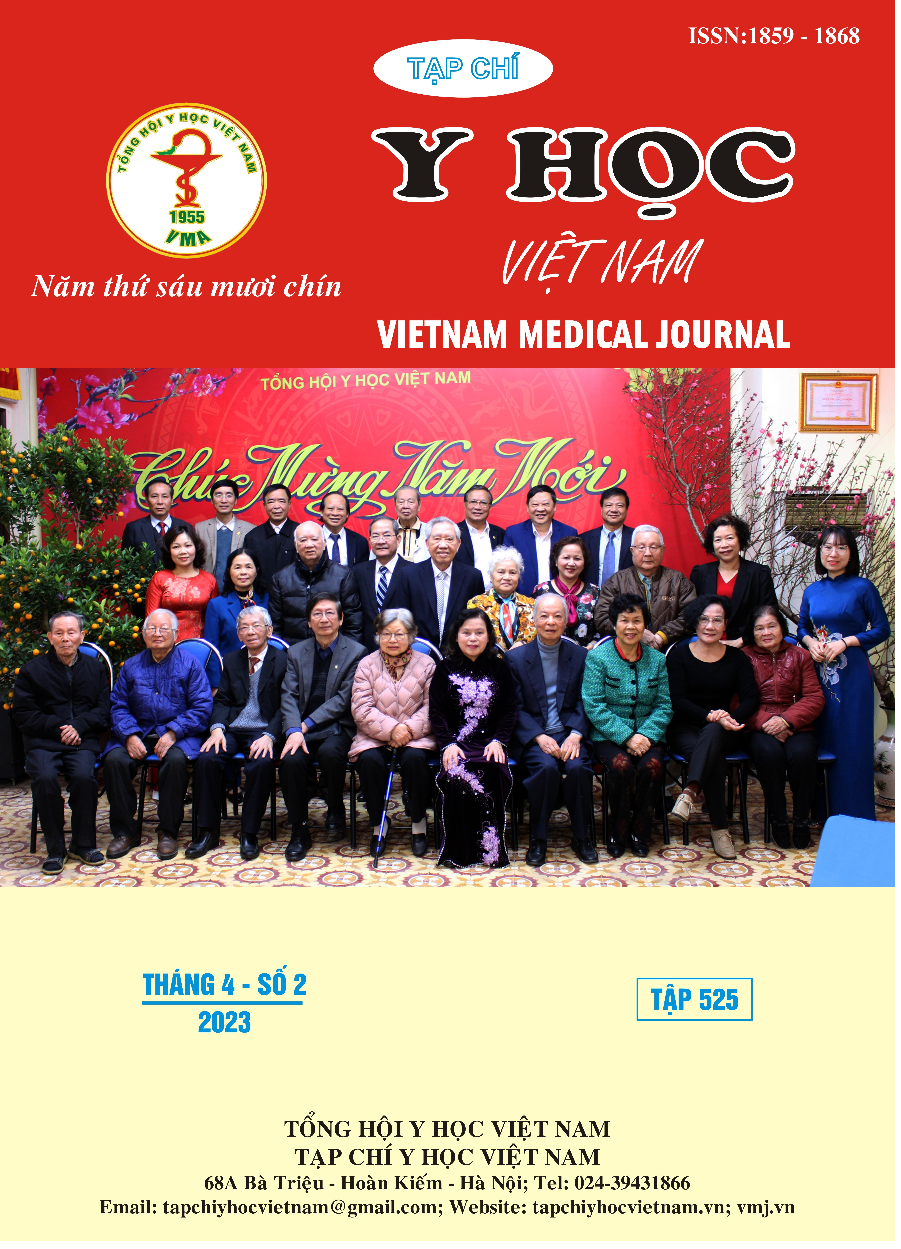COMPARISION OF ATRIAL SEPTAL DEFECT SIZE ASSESSED WITH 2D/3D TRANSESOPHAGEAL ECHOCARDIOGRAPHY AND CATETHERIZATION
Main Article Content
Abstract
Background: The assessment of interatrial septum (ISA) requires a standardized, systematic approach, including two-dimensional transthoracic echocardiography (2D TTE), 2D transesophageal echocardiography (2D TEE), and three-dimensional (3D) TEE. The introduction of 3D TEE provides a unique “en face” view of IAS, which allows the visualization and accurate measurements of diameters, area, and rims of ASD. Hence, appropriate ASD imaging information is particularly important in successful transcatheter closure. Aims: To compare size of ASD assessed with 2D/3D transesophageal echocardiography and size of occlusion device (Amplatzer) on catetherization. Method: Patients with secundum ASD were included in th e study. 2D TEE, and 3D TEE were performed before ASD closure, with 2D minimal and maximal diameters recorded. Adequate 3D TEE imaging data sets were collected and then analyzed. ASD related parameters and size of occlusion device (Amplatzer) were compared using different echocardiography. Results: From 9/2017 to 8/2018, 58 patients diagnosed with secundum ASD were included in the study. All patients underwent 2D/3D TEE. 54 patients had ASD occlusion with Amplatzer. 4 patients were operated because of large ASD. The mean diameter of ASD measured by 2D TEE was 21,06±6,11mm, by 3D TEE was 22,09±5,18mm, by ballon sizing on catheterization was 31,52±5,68mm. There was a dynamic change of ASD diameter during the cardiac cycle: the maximal diameter (23,75±5,63mm) was observed at end atrial dilation (ventricular systole) and the minimal diameter (17,34±5,87mm) was observed at end atrial contraction (ventricular diastole). The agreement between ASD size by 3D TEE and Amplazer size was more apparent than 2D TEE (p<0.05). Conclusion: Our study confirms the value of 3D TEE in assessing ASD size in comparision with Amplatzer size by ballon sizing.
Article Details
Keywords
Three-dimensional transesophageal echocardiography, secundum atrial septal defect, ASD occlusion
References
2. Nguyễn Lân Hiếu (2008). Nghiên cứu áp dụng bít lỗ thông liên nhĩ bằng dụng cụ Amplatzer. Luận án Tiến sỹ Y học. Trường Đại học Y Hà Nội.
3. Nguyễn Lân Hiếu and Phạm Gia Khải, Đánh giá kết quả phương pháp đóng lỗ thông liên nhĩ qua da bằng dụng cụ Amplatzer trên bệnh nhân Việt Nam. Tạp chí tim mạch học, 2005.
4. Nguyễn Thế May (2012). Đánh giá kết quả điều trị phẫu thuật vá lỗ thông liên nhĩ qua đường mở ngực bên phải tại Trung tâm tim mạch Bệnh viện E. Luận văn tốt nghiệp Thạc sĩ Y học. Trường Đại học Y Hà Nội.
5. Chen CY, Lee CH, Yang MW (2005). Usefulness of Transesophageal Echocardiography for Transcatheter Closure of Ostium Secundum Atrial Septum. Chang Gung Med J;28:837-45
6. Kaplan, S., Congenital heart disease in adolescents and adults. Natural and postoperative history across age. Cardiol clin, 1993. 11(4): p. 543- 56
7. ACC/AHA 2008, guidelines for the management of adults With congenital heart disease. 2008
8. Robert O, Mann DL, Zipes DP, et al (2012). Braunwald's Heart Disease – a text book of cardiovascular medicine. Elsivier Saunders,USA, 9th Edition, pp. 1426-1428
9. Fischer G, Kramer HH, Stieh J, et all (1999). Transcatheter closure of secundum atrial septal defects with the new self-centering Amplatzer Septal occluder.
10. Deng B, Chen K, Huang T, Wei Y, Liu Y, Yang L, Qiu Q, Zheng S, Lv H, Wang P, Nie R, Wang J. Assessment of atrial septal defect using 2D or real-time 3D transesophageal echocardiography and outcomes following transcatheter closure. Ann Transl Med. 2021 Aug;9(16):1309. doi: 10.21037/atm-21-3206. PMID: 34532446; PMCID: PMC8422086.


